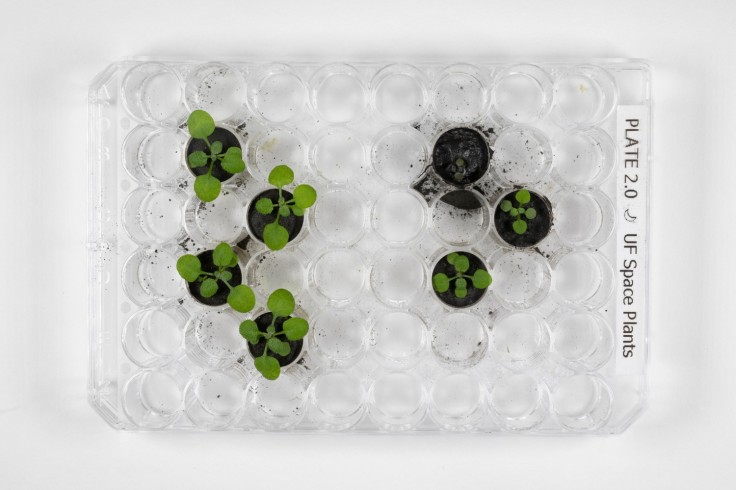We could be seeing the first space plant. Another first in history!
We could be seeing another breakthrough in space science as for the first time, researchers have successfully grown plants on soil from the moon. This is according to a study published on Thursday in Communications Biology.
According to NASA, the discovery paves the way for the possibility of harvesting plants in habitats on the moon in the future, as per CBS News.

Scientists' Question About Growing Plants on Lunar Soil is Finally Answered
"We wanted to do this experiment because, for years, we were asking this question: Would plants grow in lunar soil. The answer, it turns out, is yes," one of the study's authors Rob Ferl said in a statement, as cited by CBS News.
To conduct the experiment, the researchers at the University of Florida received moon soil, also called lunar regolith, from NASA. The small amount of lunar soil came from the Apollo 11, 12 and 17 missions to the moon.
NASA said that researchers potted approximately a gram of lunar soil using thimble-sized wells in plastic plates.
For the first time ever, scientists have grown plants in lunar soil.
— NASA (@NASA) May 12, 2022
This @UF and @NASASpaceSci experiment using Apollo Moon samples could shape the future of sustainable astronaut missions to deep space. Dig into the story: https://t.co/ZtUvowKi8e pic.twitter.com/PWGzev7lmN
They used a nutrient solution to moistened the soil and then added thale cress seeds. It is a plant also known as Arabidopsis thaliana that's native to Eurasia and Africa and easy to grow, said CBS News.
Afterwards, the researchers, then, put the trays into terrarium boxes and added nutrient solution daily. A control group used volcanic ash as soil, according to NASA.
The study revealed that the plants all germinated within 48 to 60 hours.
Anna-Lisa Paul, another one of the study's authors said that they were amazed because they did not predict that. The findings revealed that the lunar soils didn't interrupt the hormones and signals involved in plant germination.
Scientists' Experiment Revealed New Findings Later On
The success of the experimentation is a breakthrough but new findings showed by the sixth day. Differences in the growth of the plants in lunar soil and the control group of thale cress are observed.
According to CBS News, researchers found that the lunar regolith plants grew slower and displayed "stunted roots." Some of the plants also had stunted leaves and sported reddish pigmentation, according to NASA.
NASA also said that RNA sequencing of the plants after 20 days revealed that those grown in lunar soil were under stress and reacted in ways the plant typically would in harsh environments.
There are also differences in the plants growth across lunar soil samples. The plants in soil from Apollo 11 were "not as robust" as plants grown in soil from the other two Apollo missions, as per CBS News. According to the researchers, each mission collected soil from different areas on the moon.
"This fundamental plant growth research is also a key example of how Nasa is working to unlock agricultural innovations that could help us understand how plants might overcome stressful conditions in food-scarce areas here on Earth," said Nasa chief Bill Nelson, as cited by BBC.
Related Article: Solar Storms Could Trigger Soil On Moon's Poles









